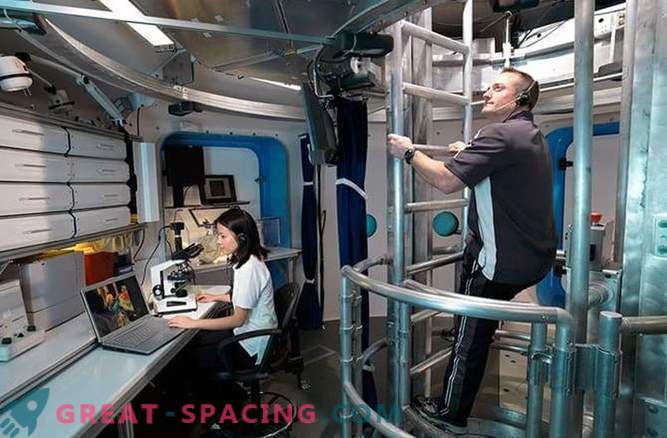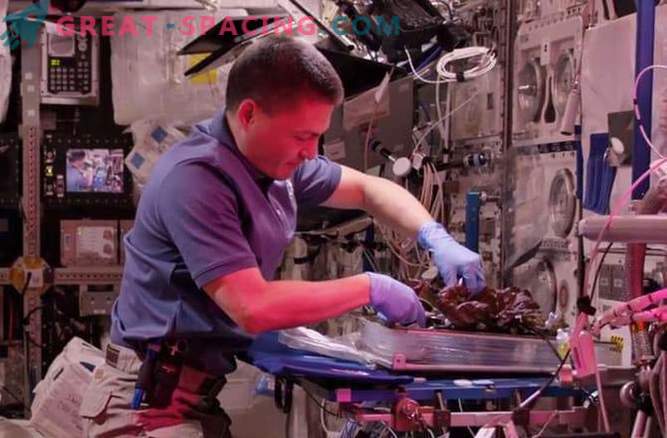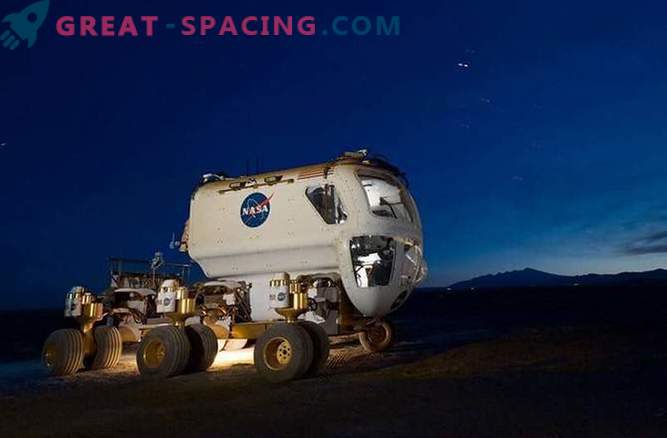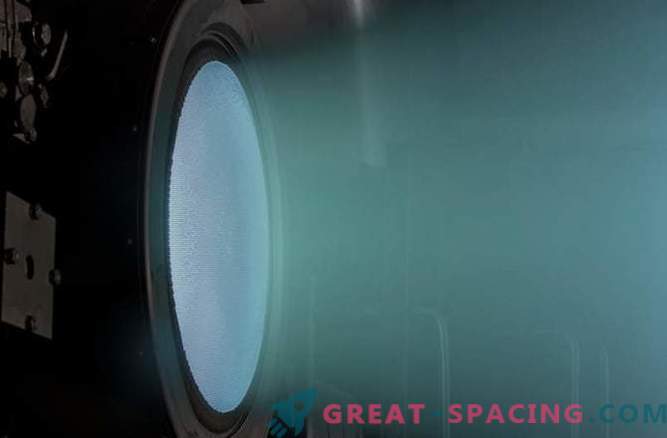Combining science with fiction

For the hero dedicated to the flight to Mars works by Andy Weir, the astronaut Mark Watney, the main task is survival, for which, by the way, he could use scientific and technical inventions.
Soon there will be a debut film with a similar plot, the main role in which is played by Matt Damon, and the director is Ridley Scott. After he was accidentally left after landing on Mars alone, Watney has to endure a lot of tests. In the mid-2030s, the US space agency sent an expedition with volunteers. Watney will have to combine engineering and his own fantasy to survive.
The presented images show the technologies that the agency is developing for flights to Mars.
Habitat

A special shelter is needed to protect yourself from high levels of radiation and harsh climatic conditions. Engineers are testing a device called the GERA, which is supposed to be used in distant space flights in the form of a complex that combines living quarters, a workplace, a bathroom, and the like of an air lock.
Currently, NASA is testing the capabilities of such a station in a two-week experiment. Then a longer test period is scheduled - 60 days, which, being a small part of the crew’s one-year stay on Mars, will allow the necessary calculations to be made.
Space Farm

A month ago, astronauts aboard the International Space Station collected their first personally grown lettuce crop. The agency draws attention to the fact that the crews that will land on Mars cannot be completely dependent on the provisions supplied by ships from Earth. They will be able to grow gardens in space to get some of the food they need to feed.
Water storage

In addition to food, the crew going to Mars will need water to survive. At space stations, water is obtained from urine and then condensate, but this technology needs further improvement. Developments are needed for a complete fluid cycle; the complexity of this task is further aggravated by the conditions of microgravity.
Spacesuits

What is the point of sending an expedition to Mars if the astronauts will not leave their ship? But at the time they leave the environment safe for them to collect samples and conduct various experiments, they will have to face new difficulties, one of which is the ingress of Martian dust inside the ship. Therefore, special docking units are being developed, in which astronauts will be able to remove and leave their spacesuits, preventing dust from entering the interior.
Martian cars

As expected, the flight of people to Mars will last longer than a year. In order to more efficiently use the time and power of astronauts, a faster way of movement than walking is needed. The vehicle pictured in the photo is one of the pending for use for this purpose.
Ion engines

Using electric charging of gases, such as xenon or argon, spacecraft can effectively, albeit rather slowly, travel very long distances. In a ship destined for a flight to Mars, ionic engines will be used. These engines are equipped with ships that have recently reached the orbit of the dwarf planet Ceres.
The photo depicts modern ion engines, which play a leading role in future space missions.











































